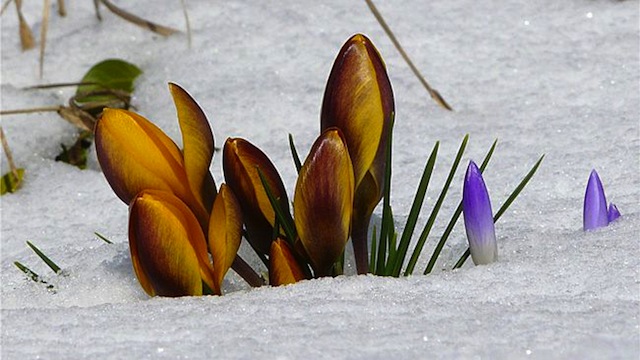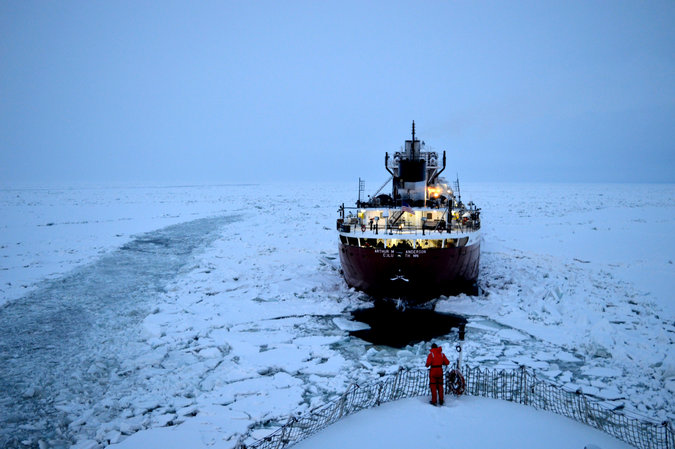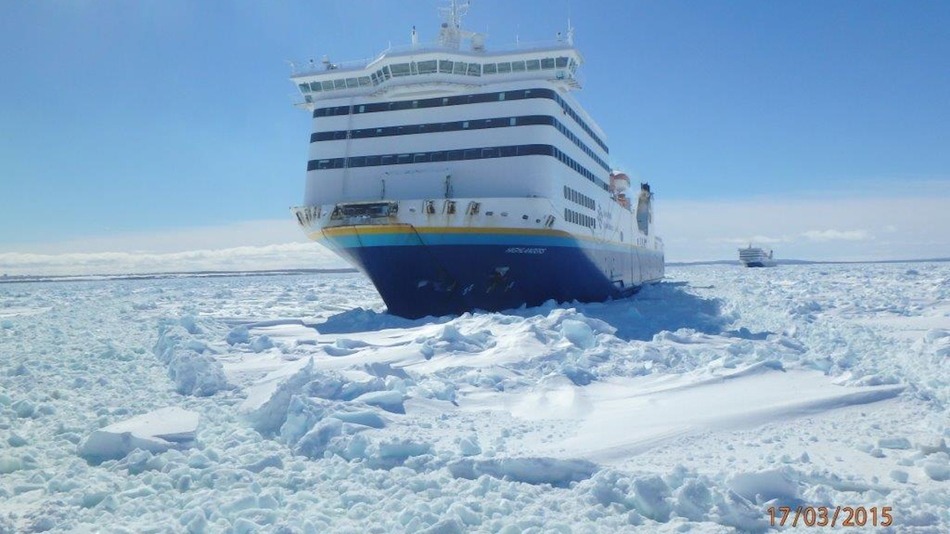
© Accuweather/junebug
A storm spreading
rain across the South this week will take a northward jog and spread snow to part of the Interstate-95 and I-81 corridors of the Northeast on Friday.
Spring officially arrives on Friday, March 20, at 6:45 p.m. EDT, but Old Man Winter may have the last laugh.
Colder air will invade the Northeast
during the middle days of the week, and the atmosphere is likely to remain just cold enough for some wet snow before the week draws to a close.
Despite the colder air, temperatures will be marginal for the storm with a close call between rain and snow along the I-95 corridor in the mid-Atlantic, Long Island and along the southern coast of New England. Much of the snow that falls in this area may melt on roads. However, there will be some exceptions.
A wintry mix of rain and snow is most likely in Baltimore, Washington, D.C., Philadelphia, Wilmington, Delaware, and Trenton, New Jersey. The storm is likely to impact travel in this area, including the potential for flight delays due to poor visibility and deicing operations. Motorists and pedestrians should be prepared for delays on Friday.
Areas farther north such as Harrisburg, Allentown and Scranton, Pennsylvania; New York City and White Plains, New York; Hartford, Connecticut; and Boston are likely to be cold enough for all or mostly snow. Airline delays due to deicing and poor visibility are likely in the New York City area and perhaps as far north as Boston. Most areas within this swath will receive 1-3 inches of snow with the greatest amount on non-paved surfaces.


Comment: Ignoring the silly 'global warming' bent of this article, there is something we actually should be worried about: 'The Day After Tomorrow' just got one step closer to reality!